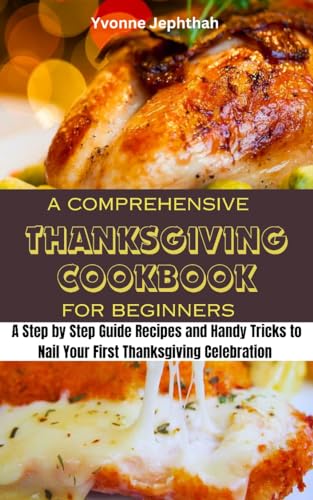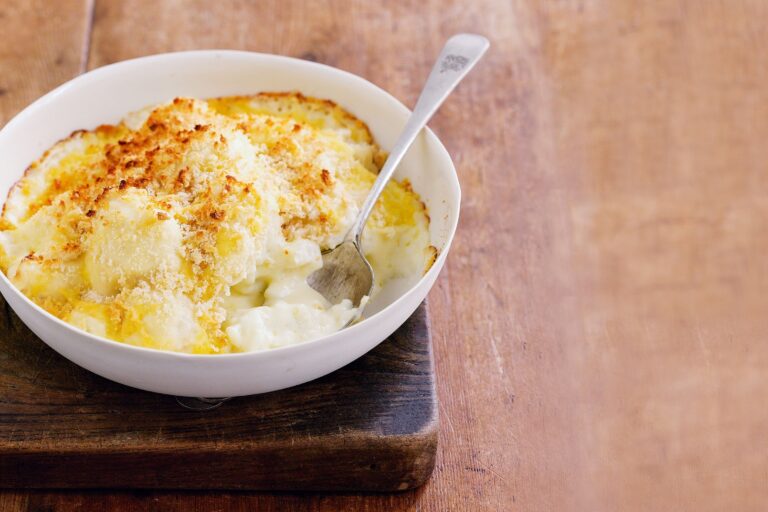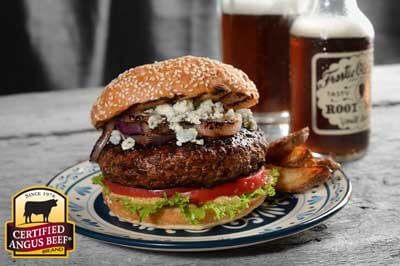Colonial Thanksgiving Recipes: Step by Step Guide
Learn how to make traditional Colonial Thanksgiving recipes with this step-by-step guide for a delicious holiday meal. Thanksgiving is a time-honored tradition that brings families together to enjoy a bountiful feast.
One way to add a historical twist to your celebration is by preparing Colonial Thanksgiving recipes. These recipes date back to the early days of American settlement and offer a unique glimpse into the culinary heritage of the country. By following these step-by-step instructions, you can recreate authentic dishes that were enjoyed by the early settlers during their Thanksgiving celebrations.
From succulent roasted meats to flavorful side dishes and decadent desserts, Colonial Thanksgiving recipes are sure to add a touch of nostalgia to your holiday table.
History Of Colonial Thanksgiving
Thanksgiving is a holiday steeped in traditions, and nowhere is this truer than in the United States. It’s a time for family, friends, and feasting, and it all began with the Pilgrims who arrived in Plymouth, Massachusetts, in 1620. The Pilgrims were a small group of religious separatists who left England in search of religious freedom. They were not the first Europeans to settle in America, but they are often considered the first successful English colony in North America.
Origins Of Thanksgiving In Colonial America
The first Thanksgiving was not celebrated by the Pilgrims in 1620, as many people believe. In fact, the first official Thanksgiving was celebrated in 1637, by the Massachusetts Bay Colony. It was a day of fasting and prayer, in response to a military victory over the Pequot Indians. It was not until 1789 that George Washington proclaimed the first national Thanksgiving Day, and it wasn’t until 1863 that Abraham Lincoln declared Thanksgiving a national holiday.
Traditional Colonial Thanksgiving Foods
The Pilgrims did not have access to many of the foods we associate with Thanksgiving today, such as potatoes, sweet potatoes, and cranberry sauce. Instead, they relied on the bounty of the sea and the land. Some of the traditional foods that would have been served at a colonial Thanksgiving feast include:
| Food | Description |
|---|---|
| Wild Turkey | The centerpiece of the meal, roasted over an open fire or baked in a clay oven. |
| Seafood | Clams, lobsters, and fish, caught from the nearby ocean. |
| Pumpkin | Not for pie, but for savory dishes like stewed pumpkin. |
| Corn | Boiled or roasted, and used to make breads and puddings. |
| Wild Game | Deer, duck, and other wild game, hunted in the surrounding forests. |
While the foods may be different, the spirit of Thanksgiving has remained the same for centuries. It’s a time to give thanks for the blessings in our lives and to come together with family and friends. By learning about the history of colonial Thanksgiving, we can gain a deeper appreciation for this beloved holiday and the traditions that have been passed down through the generations.
Colonial Thanksgiving Recipes
Experience the rich flavors of history with these authentic Colonial Thanksgiving Recipes that will transport you back in time to the early days of American culinary traditions.
Roast Turkey With Herb Stuffing
Indulge in the classic combination of succulent turkey and flavorful herb stuffing, creating a mouthwatering centerpiece for your Thanksgiving feast.
Pumpkin Pie With Whipped Cream
Savor the sweet taste of pumpkin pie topped with luscious whipped cream, a beloved dessert that has stood the test of time since the colonial era.
Cranberry Sauce With A Twist
Give your Thanksgiving table a modern twist with a unique cranberry sauce recipe that adds a burst of flavor to your traditional meal.
Step-by-step Cooking Instructions
When it comes to preparing a colonial Thanksgiving feast, following step-by-step cooking instructions is key to recreating authentic flavors from the past. Here’s a detailed guide on how to prepare some classic dishes that were enjoyed during the colonial era.
Preparing The Turkey
Start by preheating the oven to 325°F. Rinse the turkey thoroughly and pat dry with paper towels. Rub the turkey with a mixture of salt, pepper, and your choice of herbs. Place the turkey on a rack in a roasting pan and roast until a meat thermometer inserted into the thickest part of the thigh reads 165°F.
Making The Herb Stuffing
Saute onions and celery in butter until tender. In a large bowl, combine the sauteed vegetables with dried bread cubes, poultry seasoning, salt, and pepper. Add chicken broth to moisten the mixture. Transfer to a baking dish and bake, covered, for 30 minutes. Uncover and bake for an additional 10-15 minutes.
Baking The Pumpkin Pie
Mix canned pumpkin puree with condensed milk, eggs, spices, and sugar. Pour the mixture into a prepared pie crust and bake at 425°F for 15 minutes. Reduce the oven temperature to 350°F and continue baking for an additional 40-50 minutes until the filling is set.
Whipping Cream For Topping
Chill a bowl and beaters in the freezer for 15 minutes. Pour heavy cream into the chilled bowl and beat until soft peaks form. Add sugar and vanilla, then continue beating until stiff peaks form. Refrigerate until ready to serve.
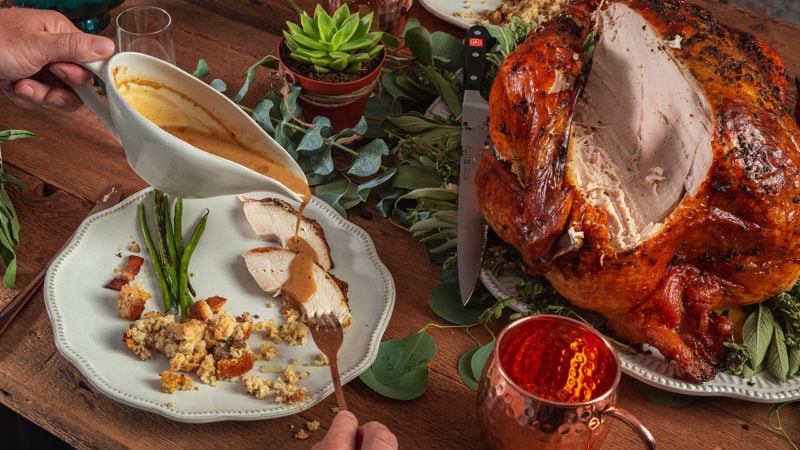
Credit: justcook.butcherbox.com
Tips And Tricks For Authentic Flavors
Using Fresh Herbs And Spices
To achieve authentic Colonial flavors, opt for fresh herbs and spices. Incorporate herbs like thyme, sage, and rosemary for a robust and aromatic touch to your dishes. When using spices, consider cinnamon, nutmeg, and cloves for an added depth of flavor.
Selecting The Perfect Pumpkin
When choosing a pumpkin, aim for a small to medium-sized one with a deep orange color. These pumpkins tend to have a sweeter and richer flavor, ideal for traditional Thanksgiving recipes. Look for a firm and unblemished exterior to ensure optimal taste.
Enhancing Cranberry Sauce
Elevate your cranberry sauce by adding orange zest for a citrusy kick. A touch of cinnamon and cloves can provide a warm and spicy undertone. Consider using fresh cranberries for a more vibrant and tangy flavor profile.
Setting The Colonial Thanksgiving Table
Setting the Colonial Thanksgiving table is an opportunity to transport your guests back in time to experience the charm and elegance of a bygone era. From traditional table decor to antique dinnerware and serveware, every detail plays a role in creating an authentic Colonial ambiance for your Thanksgiving feast.
Traditional Table Decor
Embrace the rustic beauty of Colonial times by adorning your table with natural elements such as dried flowers, wheat sheaves, and miniature gourds. Incorporate touches of greenery and small pumpkins for a simple yet timeless centerpiece. Consider using handwoven textiles and linen napkins to add a touch of warmth to the table setting.
Antique Dinnerware And Serveware
Enhance the Colonial atmosphere by using antique pewter, brass candlesticks, and copper utensils. Seek out earthenware plates and wooden bowls to evoke the spirit of early American dining. Display your feast on vintage platters and trenchers for an authentic touch.
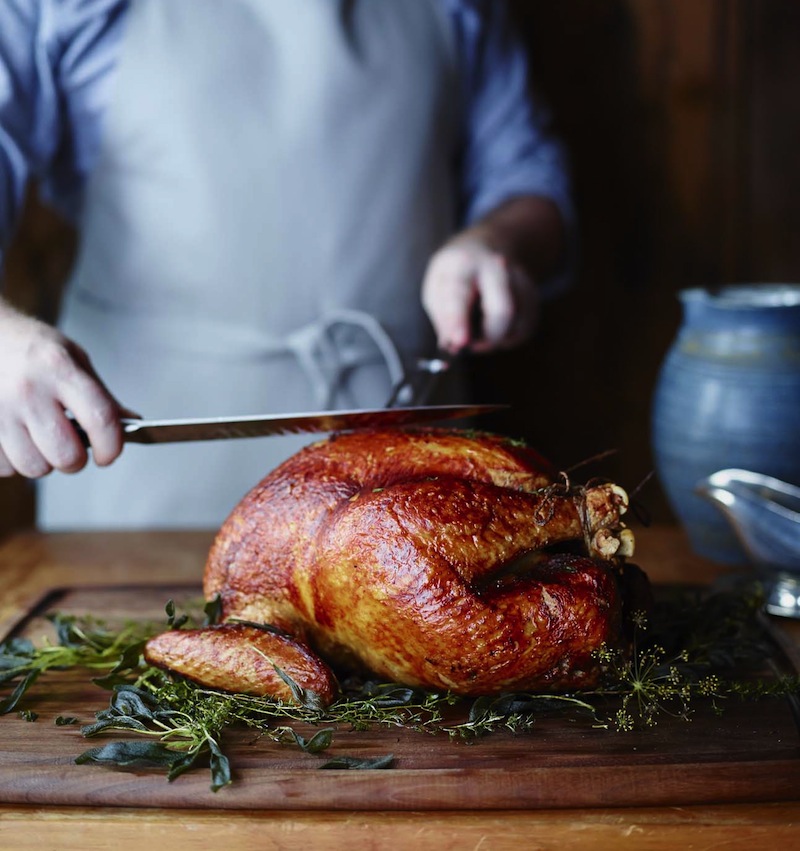
Credit: blog.williams-sonoma.com
Adding A Modern Twist
Incorporating Local Ingredients
Utilizing local ingredients in Colonial Thanksgiving recipes can offer a fresh and unique spin on traditional dishes. By sourcing produce, meats, and dairy from local farms and markets, you can infuse the flavors of your region into classic recipes.
Fusion Recipes With Colonial Influence
Creating fusion recipes that blend colonial influences with modern culinary techniques can breathe new life into time-honored Thanksgiving dishes. By incorporating global flavors and cooking methods, you can reinvent colonial recipes to suit contemporary palates while maintaining their historical essence.
Colonial Thanksgiving Beverages
Transport yourself back in time with these traditional Colonial Thanksgiving beverages that will add a historical touch to your holiday feast. From warm and spicy mulled cider to soothing herbal infusions, these drinks are sure to delight your taste buds and provide a glimpse into the flavors of the past.
Mulled Cider With A Kick
Enjoy a steaming mug of Mulled Cider infused with aromatic spices like cinnamon, cloves, and nutmeg, creating a flavorful and warming beverage perfect for the crisp autumn weather.
Herbal Infusions For Digestion
Herbal Infusions were commonly used in Colonial times to aid in digestion after a hearty Thanksgiving meal. Try concoctions featuring herbs like mint, chamomile, and fennel for a soothing and beneficial post-feast drink.
/House-front-door-CDDRvdEjqOh9okRFrQEB0a-2a04633afd774a6189e3e450e48073cb.jpg)
Credit: www.bhg.com
Conclusion And Enjoying The Feast
Delight in the culmination of your Colonial Thanksgiving feast with these step-by-step recipes. Embrace the rich flavors and historical significance. Enjoy a taste of tradition with each dish.
Reflecting On Colonial Roots
As we wrap up our journey through Colonial Thanksgiving recipes, it’s important to take a moment to reflect on the roots of this holiday. Thanksgiving has been celebrated in America since the colonial times, and these traditional recipes have been passed down from generation to generation. By cooking these recipes, we honor our ancestors and keep their traditions alive.Savoring The Flavors Of Thanksgiving
Thanksgiving is a time for family, friends, and of course, food. As you sit down to enjoy your feast, take a moment to savor the flavors of each dish. From the savory stuffing to the sweet pumpkin pie, each dish tells a story and has a unique flavor profile. By appreciating the flavors of Thanksgiving, we can truly enjoy the feast and all it represents. Here are a few tips for enjoying your Thanksgiving feast:- Serve the food family-style to encourage sharing and conversation around the table.
- Take small bites and chew slowly to fully appreciate the flavors of each dish.
- Pair each dish with an appropriate beverage, such as red wine with turkey or apple cider with pumpkin pie.
- Save room for seconds (and maybe even thirds!) to fully indulge in the feast.
Conclusion
Incorporating colonial Thanksgiving recipes into your holiday menu can add a touch of history and tradition to your celebration. By following these step-by-step guides, you can recreate authentic dishes that have been enjoyed for generations. From savory stews to delectable desserts, these recipes offer a glimpse into the past while delighting modern palates.

